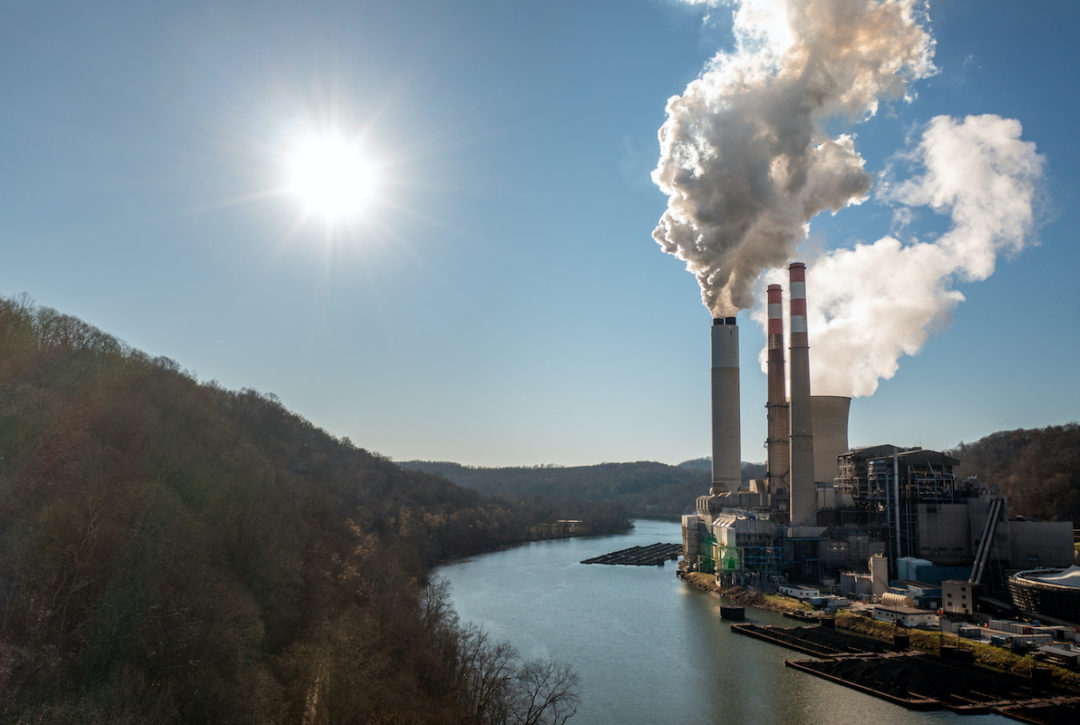
Visit Our Sponsors |
|
|
|
|
|
|
|
|
|
|
|
|
|
|
|
|
|
|
|
|
|
|
|
|
|
|
|
|
|
|
|
|
|
|
|
|
|
|

France may have to keep its last two coal-fired power plants on hand to ensure supply security, the nation’s grid operator said September 20.
While the country is heading into winter in a “much” improved situation compared to 2022, growing demand during the energy transition will pressure supplies in the future, Reseau de Transport d’Electricite said in its 2023-2035 outlook. If nuclear outputs fall short, renewables don’t ramp up massively and efforts to manage consumption don’t improve, coal plants may have to be on standby.
“We’ll need solutions to meet longer imbalances in 2030, given Europe’s decarbonization goals,” said Thomas Veyrenc, executive director in charge of strategy at RTE. Adding more “flexibilities,” such as battery storage and tools to shift demand away from peak hours, should be a priority, he said.
The warning comes after Electricite de France SA suffered what it called an “annus horribilis” last year — when the government and grid operator braced for blackouts because so many nuclear plants were shut down for repairs. While many are now back online, RTE is looking ahead to an expected supply crunch as the electrification of multiple industries gathers pace.
Read more: South Africa to Face Pressure from Trade Partners to Ditch Coal
The loss of Russian natural gas following the invasion of Ukraine sent shockwaves across energy markets last year. The crisis prompted many nations in Europe to accelerate renewables plans to reduce their reliance on imported fossil fuels. Yet, fears of supply shortfalls also sparked calls to keep coal plants available.
France, which traditionally relies on atomic energy for more than two-thirds of its electricity production, has delayed the closure of its remaining coal-fired stations, which accounted for just 0.6% of the country’s power output in 2022. The two sites could ultimately be converted to use biomass or be replaced by smaller units running on biofuels or green hydrogen, Veyrenc said.
If France meets its emissions targets and attracts the new industries that are needed for the energy transition, its annual power consumption could rise to as much as 640 terawatt-hours by 2035 from 460 terawatt-hours currently, depending on efficiency gains and energy-saving efforts, RTE said.
Assuming annual nuclear output remains around 360 terawatt-hours, renewable power production will have to more than double in a dozen years, the grid operator said. RTE sees necessary investments of as much as €35 billion ($37.5 billion) a year in new capacity and “flexibilities” such as energy-management systems, though the country would also save billions on fossil-fuel imports.
RELATED CONTENT
RELATED VIDEOS
Timely, incisive articles delivered directly to your inbox.

